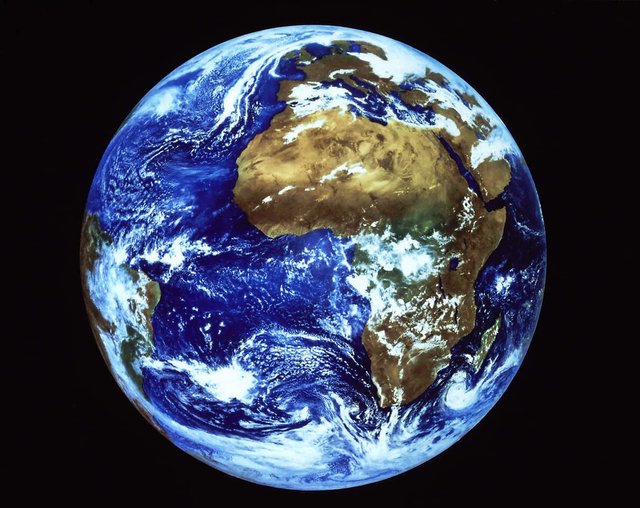The rocky planets and their characteristics
A terrestrial planet, also denominated telluric planet or rocky planet, is a planet formed mainly by silicate, they have approximately the same structure: a metallic core, they have canyons, craters, mountains and volcanoes. They also have secondary atmospheres, coming from their internal geological processes.
The rocky planets of the Solar System are, at the same time, the so-called inner planets. The classification of the inner and outer planets is done according to their distance from the Sun; The dividing "line" is the asteroid belt that lies between Mars and Jupiter. The rocky planets are the four innermost of the Solar System: Mercury, Venus, Earth and Mars.
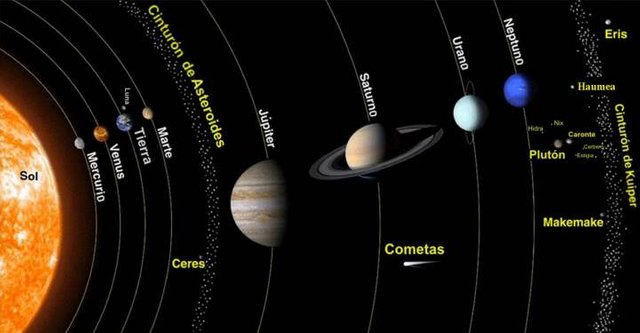
General characteristic of rocky planets
According to its composition, there are two types of planets in the Solar System. That is, gaseous and rocky. The main way to differentiate one from another is that the rocky ones have the general characteristic of having a mostly solid surface. The opposite of gaseous planets, since these mostly have a gaseous or even liquid surface.
The only planet that is between the rocky planets and that owns a part of its liquid surface, is the planet Earth. On the other hand, it is important to keep in mind that the Rocky Planets share in common, a structure below the surface. This means that they all have a metallic core, which is mostly made of iron. They also have a series of layers of silicates that surround the nucleus. The rocky planets have something especially in common and that is that each of them has a compact rocky surface, like that of the Earth and for this reason it is also said that these planets have a terrestrial surface. The Solar System has eight confirmed planets, but four have these characteristics. Specifically, Venus, Earth and Mars have more or less significant atmospheres, while Mercury has almost no atmosphere.
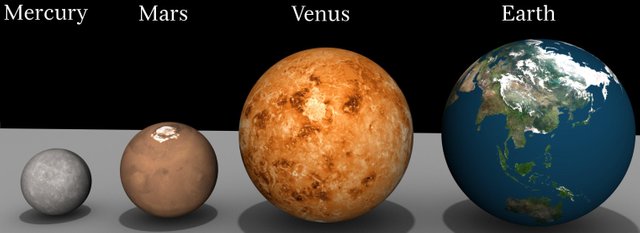
These planets have a large selection of matter. This is what gives rise to products such as uranium, thorium and potassium. They also have unstable nuclei that accompany the phenomena of radioactive fission. Precisely these elements are those that have developed enough heat to generate volcanism and important tectonic processes. Although some are still active and have erased the characteristics of their original surface. Beyond Mars extends a great distance to Jupiter, occupied by thousands of rocky fragments, the asteroids, which form a kind of belt, as if it were a fragmented planet or the pieces that never joined to form it.
The 4 rocky planets of the solar system
1.- Mercury: The planet Mercury is the one that has the orbit closest to the Sun. In addition to this, it is the smallest planet in the Solar System, so it logically turns out to be smaller than Earth. Mercury turns slowly on its axis, once every 58 and a half days. Before he did it faster, but the influence of the Sun slowed him down.
This inner or terrestrial planet does not have satellites. By having an internal orbit to the Earth's, it periodically passes in front of the Sun, just like Venus. This phenomenon is called astronomical transit. This planet has an equatorial radius of 2,440 km, unlike the equatorial radius of the Earth that is 6,378 km. On the other hand, the time it orbits around the Sun is 87.97; unlike the 365,256 days in which the Earth revolves around the Sun.
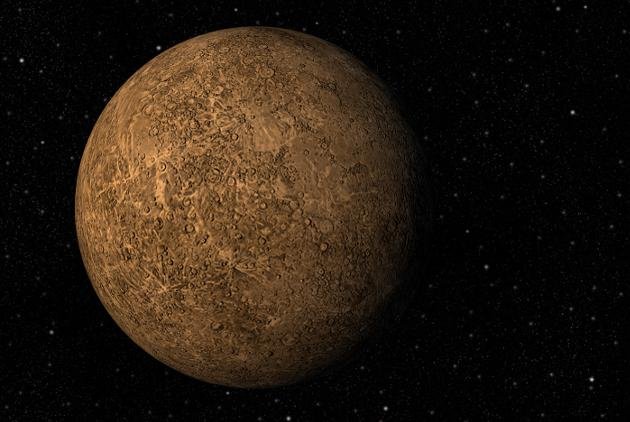
2.- Venus: The second planet that belongs to the Solar System is the planet Venus. A rocky planet, which according to its characteristics is the most similar to the planet Earth, due to its size, mass, density and volume. Perhaps this similarity is due to the fact that both planets formed during the same period, starting from the same nebula. One of the things that differentiates Venus from Earth is that the first mentioned has no oceans. In addition to this, it has a dense atmosphere which is what causes a greenhouse effect that raises the temperature to 480 ° C. Previously, the first astronomers had a misconception about Venus because they believed that it was two different bodies, because sometimes it is seen a little before the sun rises, and sometimes just after sunset. Venus rotates very slowly, on its own axis. This phenomenon makes the day on Venus last longer than the year. Another curious fact is that when turning, it does it in the opposite direction to the other planets and for this reason, in that planet the Sun rises in the west and sets in the east, unlike what happens in our planet Earth. Compared with the planet Earth, Venus has an equatorial radius of 6,052 km, quite similar to the Earth that has 6,378 km. On the other hand, the time it takes to complete its orbit around the Sun is 224.7 days, its average surface temperature is 482 ° C, while that of the Earth is 15 ° C.
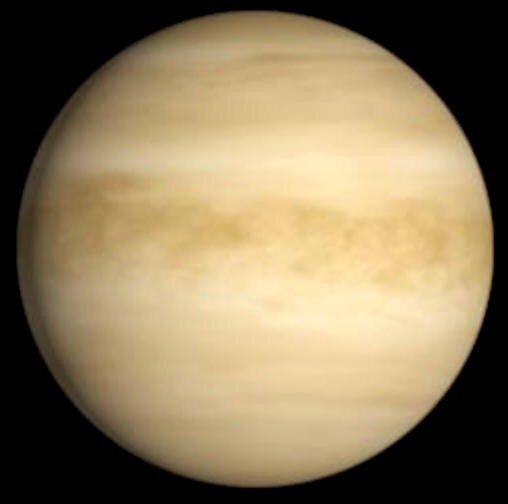
3.- Earth: Our planet Earth is the third closest to the Sun and is the only inhabited, according to what has been investigated in the Universe explored. Its specific location is the ecosphere, it is a space that surrounds the Sun and that has the right conditions for life to exist, for the united components it has. It is noteworthy that this planet is the largest of the rocky planets. What makes it capable of retaining a layer of gases, in addition to filtering the sun's rays and preventing the surface from getting too hot during the day or cooling during the night, is what scatters light and absorbs heat. Another characteristic of our planet Earth is that seven out of every ten parts of its surface are covered with water. And in reality, it is the seas and oceans that also help to regulate the temperature of the environment. It does this through a process, called the water cycle, where the water evaporates to form clouds and fall in the form of rain or snow, forming rivers and lakes. On the other hand, this rocky planet also has some peculiar poles, which receive little solar energy, turn the water into ice and form the polar ice caps. The South Pole is larger and concentrates the largest reserve of fresh water.
4.- Mars
The fourth rocky planet, is also the fourth planet of the Solar System in its location by the distance it has with the Sun. This planet is also known as the red planet for its pink tones. The atmosphere of this planet is very thin and consists mainly of carbon dioxide, which freezes alternately in each of the poles. Mars is a rocky planet that also has water, but only 0.03%, which is a thousand times less than the amount on Earth. Studies show that Mars had a more compact atmosphere, with clouds and precipitations that formed rivers. Mars has large differences in temperature, which is what makes very strong winds. In addition to this, soil erosion helps form sand and dust storms that further degrade the surface of the planet.
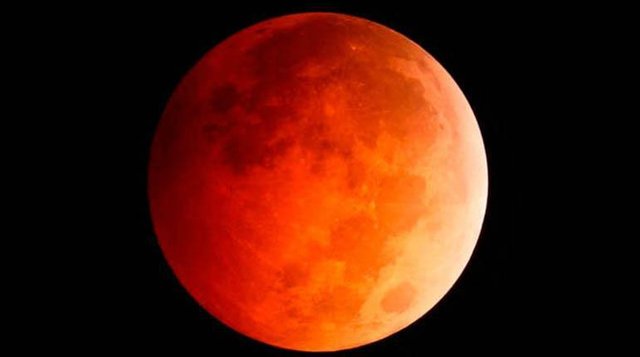
https://es.wikipedia.org/wiki/Planeta_terrestre
http://www.astromia.com/solar/rocosos.htm
